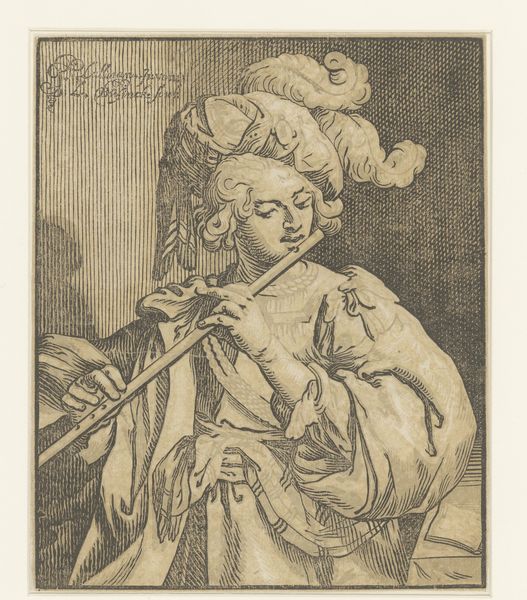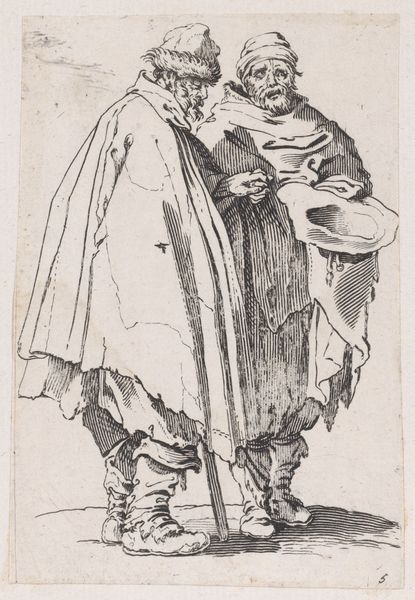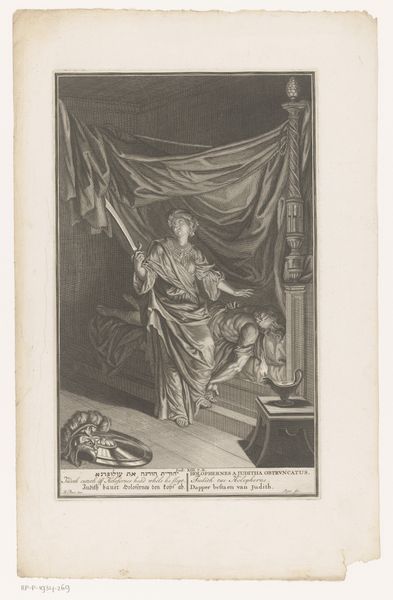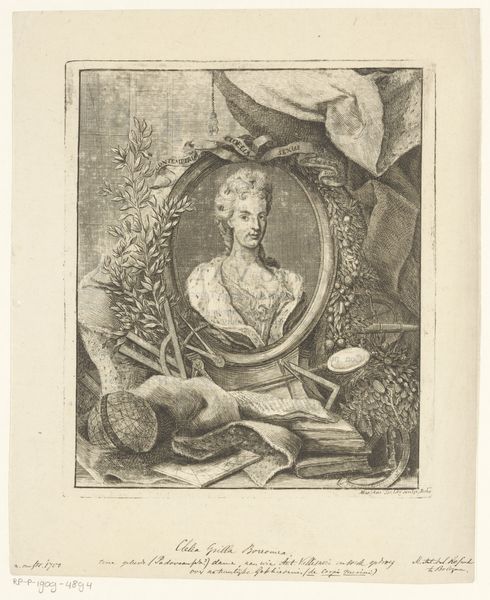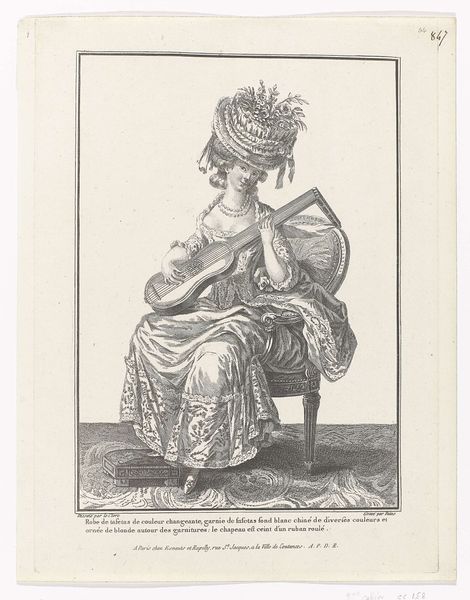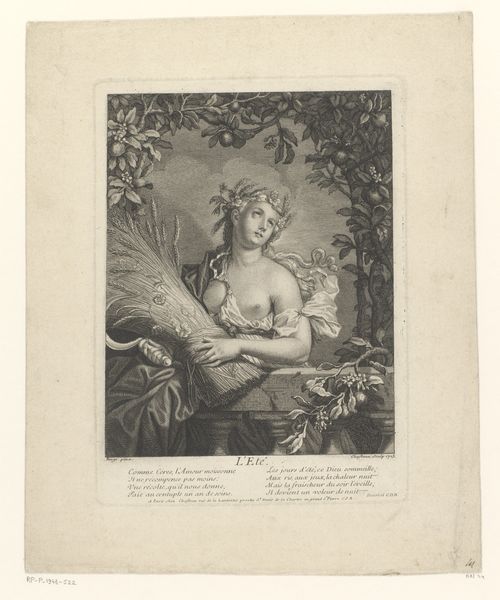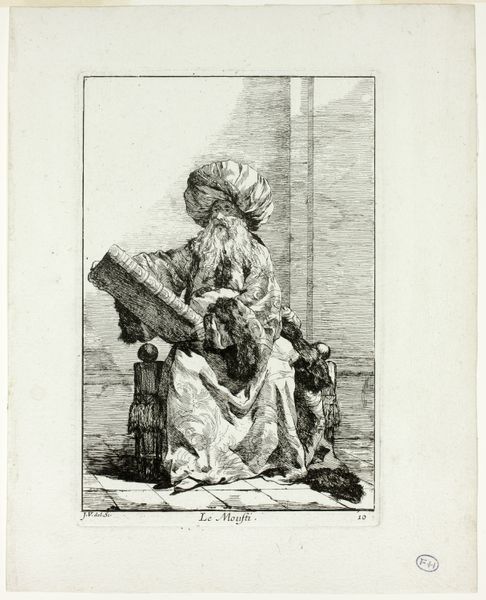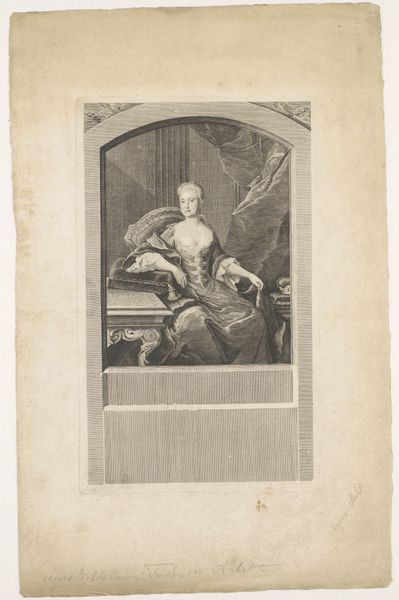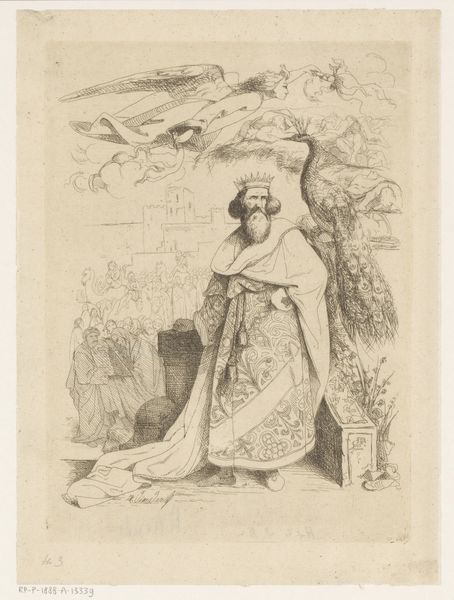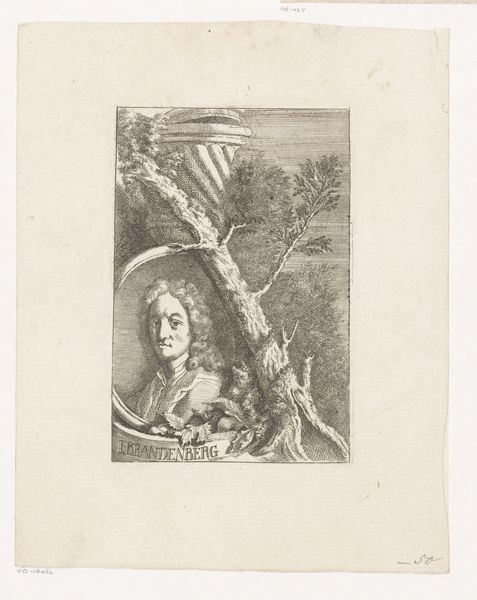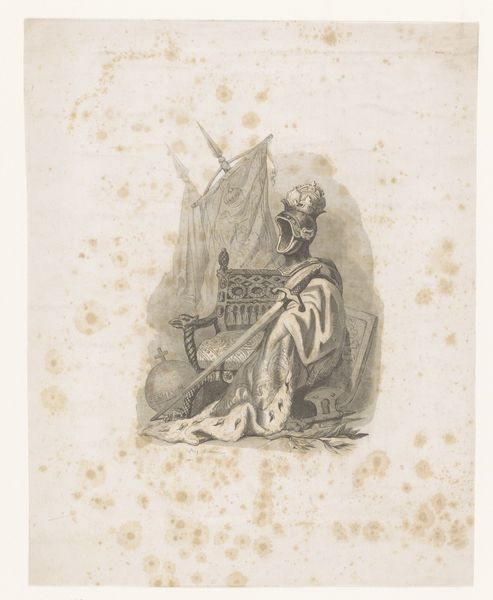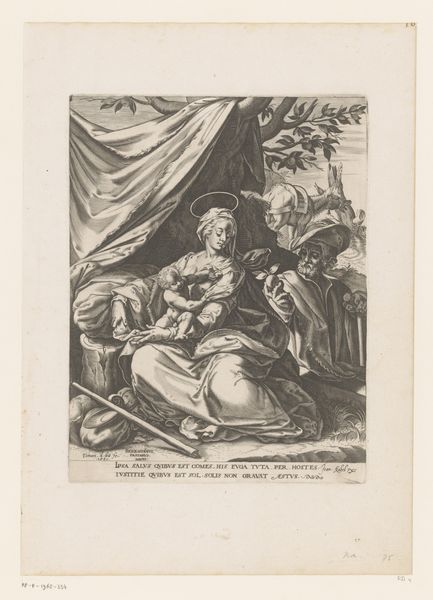
Dimensions: Sheet: 8 1/4 × 6 5/8 in. (21 × 16.8 cm)
Copyright: Public Domain
Editor: So, this is "Le Baiser Envoyé" or "Blowing a Kiss" by Augustin de Saint-Aubin, dated between 1750 and 1807. It's a print – looks like an engraving maybe? – and I’m immediately drawn to how playful and intimate it feels, almost like a stolen moment. How do you read this piece within the context of its time? Curator: That feeling of intimacy is key. Saint-Aubin produced this during the Rococo period. Consider the political and social structures of 18th-century France; the aristocracy and their lifestyles dictated artistic production and taste. Works like this celebrated pleasure and leisure. Do you notice how this scene deviates from the formal portraiture associated with power? Editor: Definitely. The woman isn't some queen or noble in all her finery, she looks quite natural, leaning out the window. Was that considered provocative? Curator: The “naturalness” was a performance, but deliberately so. Rococo art frequently explored the delicate dance between revealing and concealing. The woman’s playful gesture and implied secrecy, hint at the more liberal social codes within the French aristocracy, where image management played an increasingly critical role. Saint-Aubin made quite a few prints satirizing mannerisms, or those very performances of social identity, too. Think about the role prints like this might play, democratizing access to these ideals, as opposed to paintings enjoyed by few. Editor: That’s interesting. It feels like there's this performance happening on multiple levels. Not just her ‘blowing a kiss,’ but also the artwork itself showing the moment and also as something people consumed, like a magazine. Curator: Exactly! The image became a social commodity, impacting and shaping perceptions of class and social mores. What have you gleaned from considering those performances? Editor: I see it now, it's about showing you partake in those courtly performances, as an identity. Thank you! Curator: Indeed, reflecting on how social rituals influenced artistic expression provides an interesting new way of understanding this and other Rococo artworks.
Comments
No comments
Be the first to comment and join the conversation on the ultimate creative platform.
